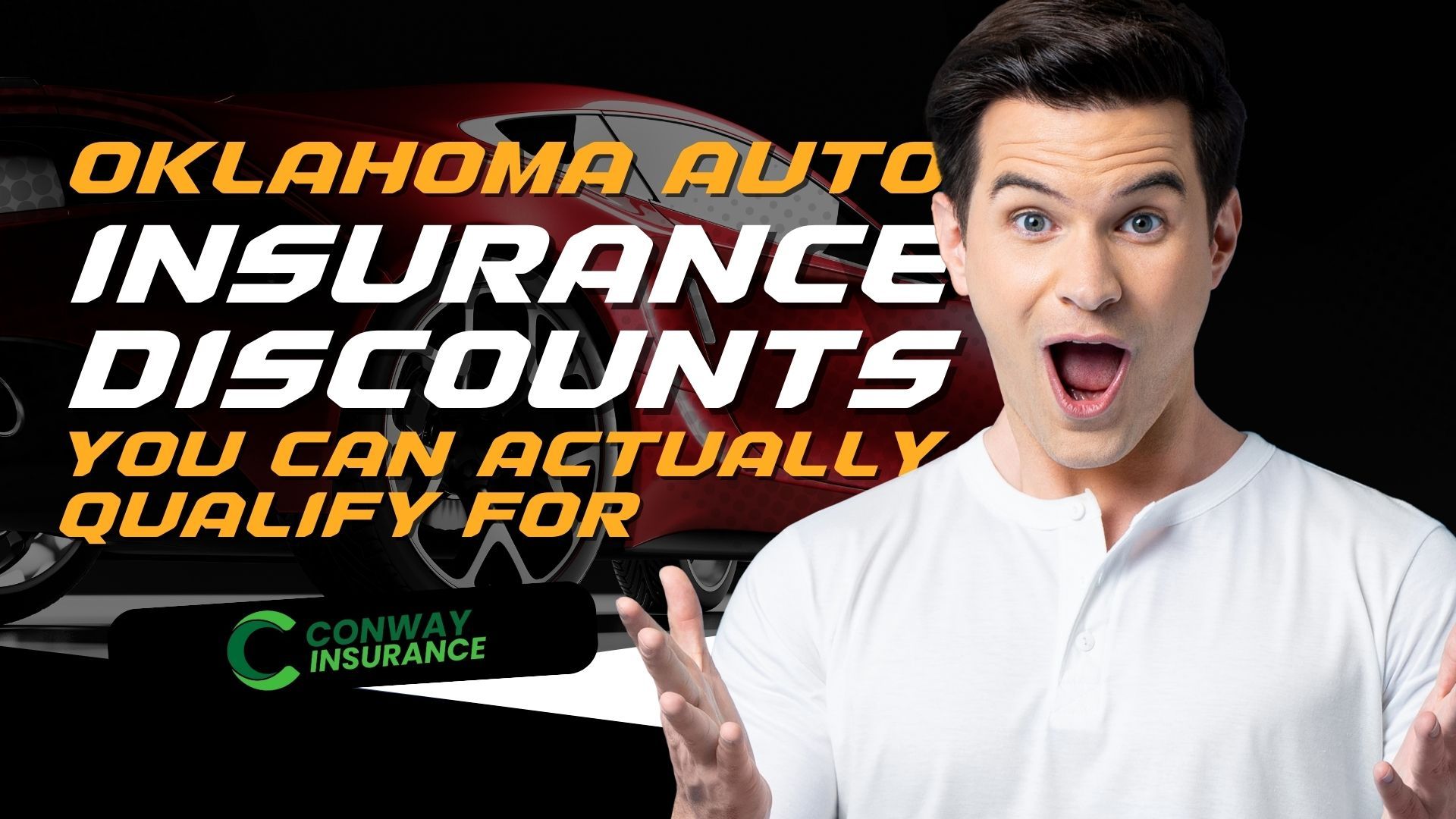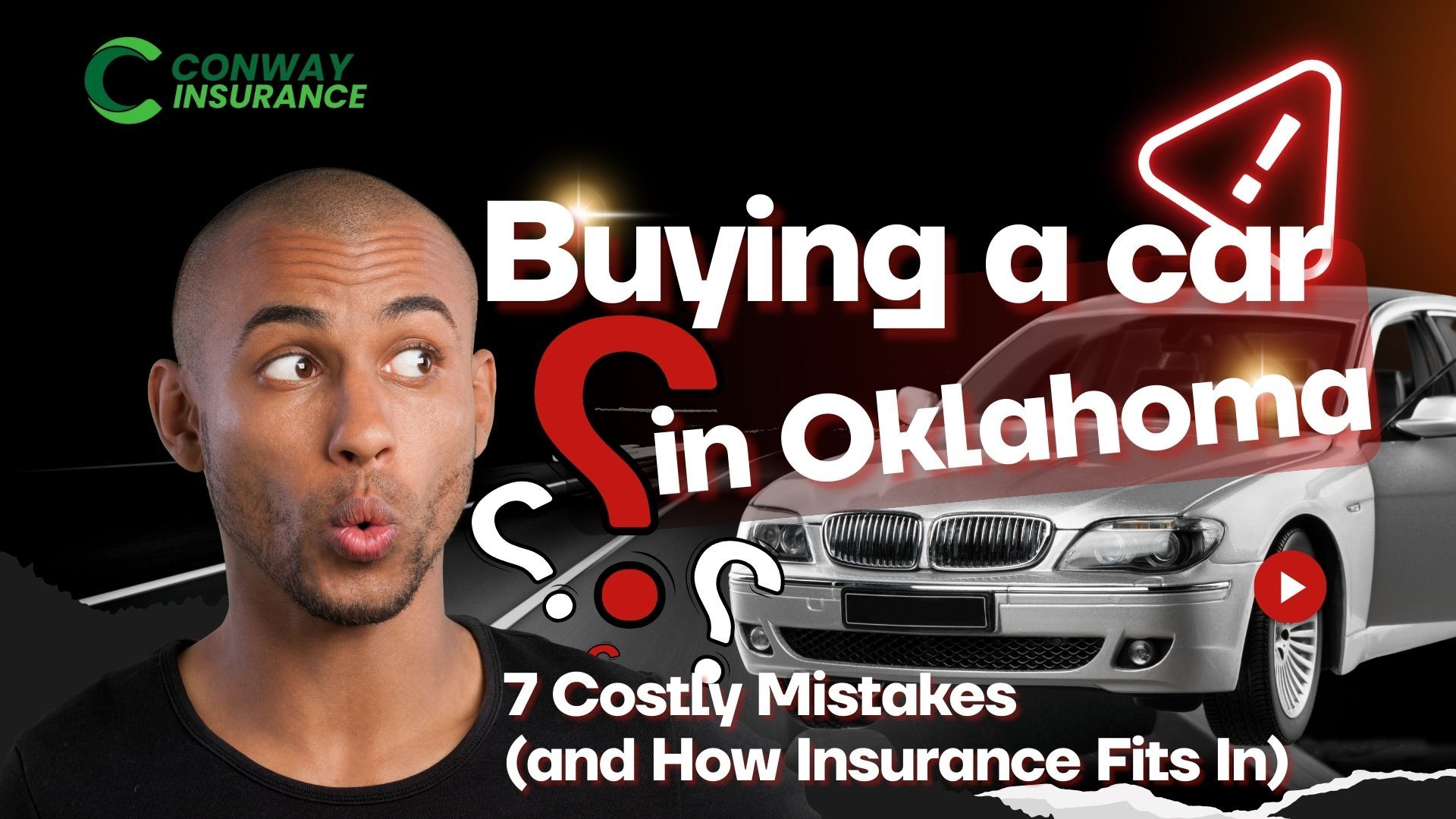The Essentials of Teen Driver Insurance
The Essentials of Teen Driver Insurance

Being a parent or guardian for your teenager is an exciting and nerve-wracking experience. The same time you are celebrating their independence, you are also worried about their safety on the road and the financial ramifications of adding them as a driver on your auto insurance policy. Teen drivers are at a higher risk of incidents and face higher insurance premiums because of their inexperience, but there are strategies to manage these costs.
Several factors contribute to teenage insurance rates. With limited driving experience, teenagers make more mistakes than seasoned drivers. Distracted driving is more common among teens, and they are more likely to use social media and text while driving. Another factor are teens often drive recklessly when they are with their peers, especially in groups. These factors lead to a higher number of teenagers are involved in accidents than older drivers. Car accidents are more likely to kill teens aged 16-19 than older drivers, according to CDC statistics. Understanding these factors can help you mitigate risks and save money on insurance for your teen.
Like drivers of any age, teens are required to carry property damage and bodily injury liability in most states for the automobiles they are driving. The risk of teenage accidents makes it essential for teenagers to have a sufficient liability policy. Also, like other drivers and car owners, additional coverages should be considered such as damage to the vehicle in event of an accident (regardless of fault), uninsured motorist, and medical payments.
Understanding coverages and the increased factors involved with teenage drivers can help you mitigate risks and save money on insurance for your teen.
Several strategies can be used by teens to reduce their insurance costs:
1. Make sure your teens are covered
It is better to add your teen to your existing auto insurance policy rather than buying a separate one. In this way, you can generally get a multi-car discount, and it is usually more economical. Plus, the cost of insurance is less the cost of having to cover property damage and/or bodily injury resulting from your teenagers at fault accident yourself.
2. Encourage safe driving
Teenagers can avoid accidents and insurance claims by driving safely and responsibly. Driver's education courses can reduce your insurance premium.
3. Purchase a safe vehicle
Vehicles teens drive can have an impact on their insurance rates. Insurance rates can be lowered by choosing a vehicle with antilock brakes, airbags, and antitheft features.
4. Discounts for students
Students with good grades, typically a B average or higher, are offered discounts by most insurance companies. Make sure your teenager stays on top of his or her studies so that you can save money.
5. Make use of telematics and usage-based insurance
Many insurance companies offer usage-based insurance programs based on in-car sensors or smartphone apps that track driving habits. Safe driving habits can result in discounts based on collected data.
6. Increase your deductible
Lowering your premiums by increasing your deductible will help you remain financially sound.
7. You can promote responsible driving in your teens by talking to them about auto insurance and the financial effects of accidents. Explain to the teenager why accidents increase insurance premiums and how safe driving can prevent this, how traffic tickets and violations can negatively affect their insurance rates, and how claims can affect future premiums and deductibles how insurance is not there to drive recklessly, but rather a safety net.
How to Choose an Insurance Company
Your teen can get the best coverage and rates by choosing the right insurance provider. In order to make the right decision, the following factors must be considered:
1. Conduct a research and comparison
Compare insurance quotes from multiple companies. The best insurers are those with good customer service and fair claim handling.
2. Find discounts for teens
Special discounts are offered to teen drivers by companies that specialize in discounts for young drivers. Assess which insurers have good grades, reward safe driving, and provide driver education courses.
3. Determine the financial system's stability
A solid financial rating will help you ensure the insurance company can meet its financial obligations if a claim is filed. Ratings for companies can be obtained from agencies like AM BEST, Moody's, and Standard and Poor's.
4. Check customer reviews
Insurers can be rated on review sites according to how other policyholders feel about the insurer's claim handling.
5. Consult with local agencies
With the assistance of an insurance agent, teenager insurance can be easily navigated.
Conclusion
Teenage drivers have many challenges when it comes to auto insurance, but these can be simplified by understanding what factors influence premiums. If you educate your teen about safe driving practices and explore discounts and coverage options, you will be able to obtain affordable and comprehensive car insurance that gives you peace of mind as your teen begins driving. Regardless of the cost, your teen's safety and financial security
Please note that the information provided in this article is intended for general informational purposes only and may not apply to your specific situation. Insurance laws and regulations can vary significantly from state to state, and it’s crucial to understand the specific requirements and coverages that apply to your location. We strongly recommend consulting with a licensed insurance agent in your state to discuss your unique needs and ensure you have the appropriate coverage for your circumstances.
Recent posts


